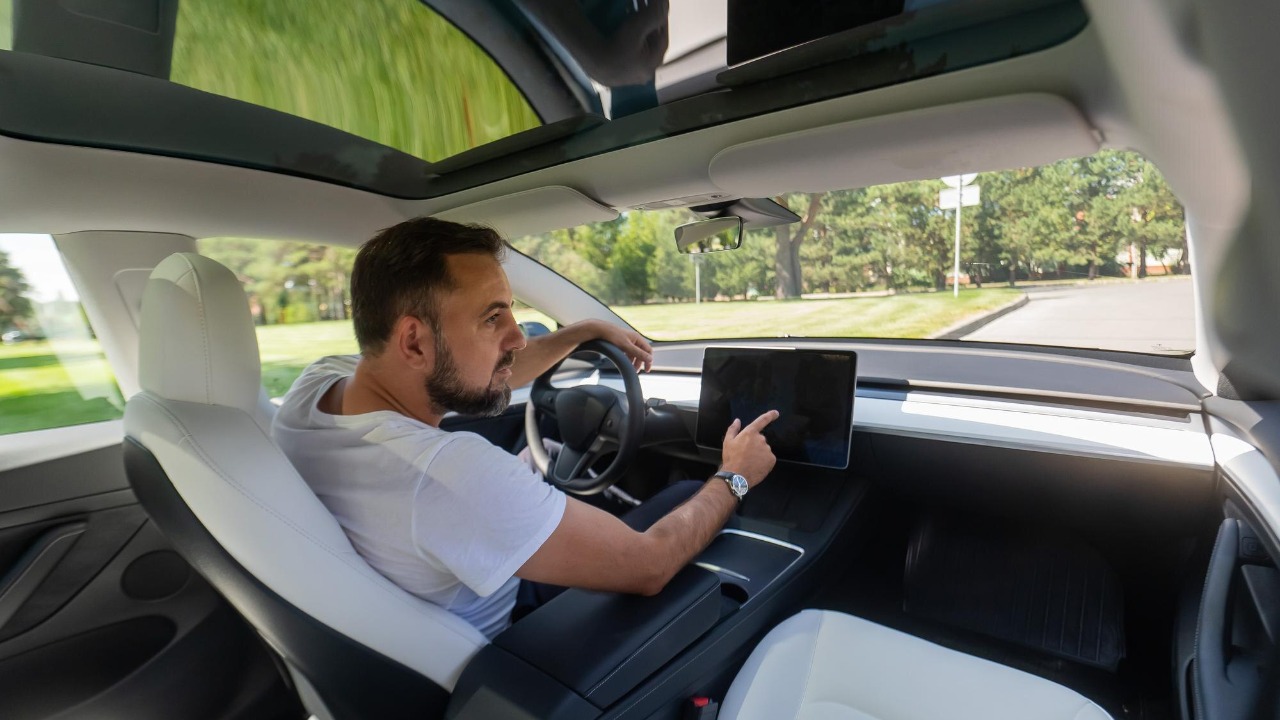
The automotive industry is on the brink of a revolution, with new technologies set to enhance safety and connectivity. By 2027, several car features are expected to become mandatory, fundamentally changing the driving experience. These advancements aim to reduce accidents, improve road safety, and facilitate a more connected driving environment.
Advanced Driver Assistance Systems (ADAS)
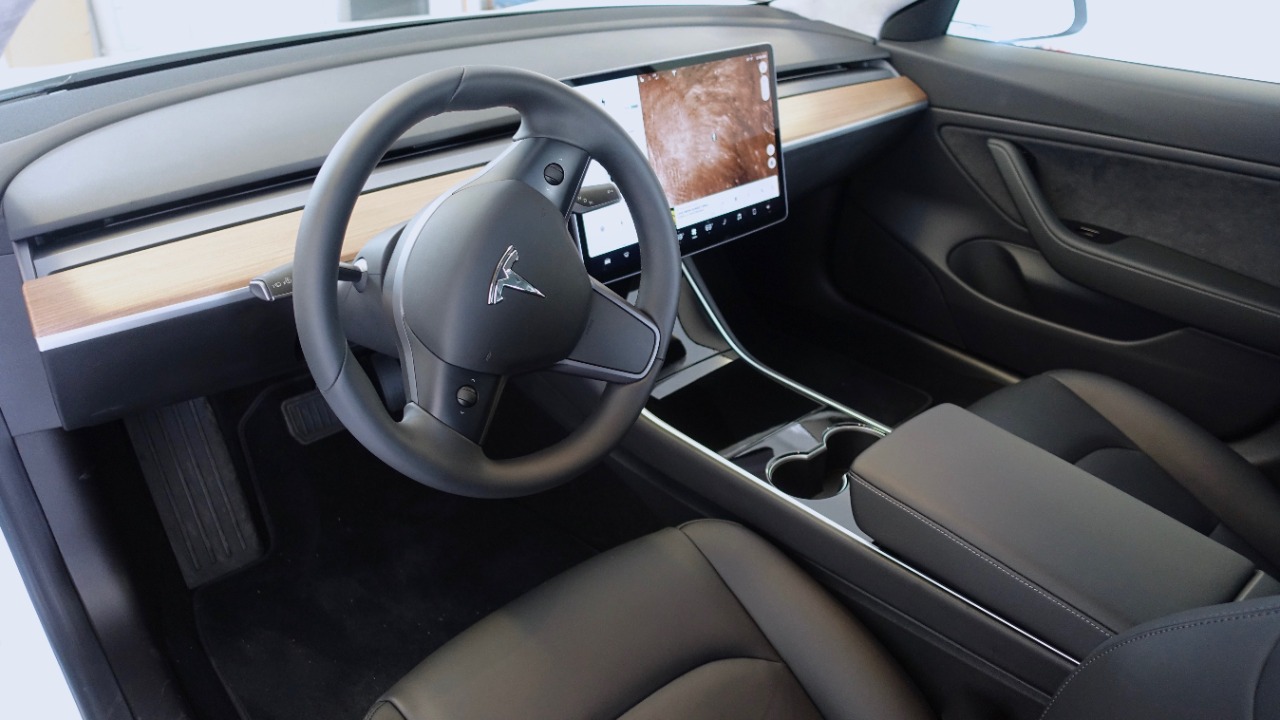
Advanced Driver Assistance Systems (ADAS) are increasingly becoming a staple in modern vehicles. These systems, which include features like adaptive cruise control and traffic sign recognition, help drivers navigate complex road conditions with ease. ADAS technologies are designed to enhance vehicle safety by reducing human error and improving reaction times. A notable example includes the Tesla Model 3, which boasts a full suite of ADAS features.
Governments worldwide are recognizing the safety benefits of ADAS, leading to discussions about making such systems mandatory. According to a report from U.S. News, these features are already required in several regions and are expected to be universally mandated by 2027. This push for mandatory ADAS will likely lead to significant reductions in traffic accidents.
Automatic Emergency Braking (AEB)

Automatic Emergency Braking (AEB) systems are designed to prevent collisions by automatically applying the brakes when a potential crash is detected. This technology is particularly effective in urban environments where sudden stops are common. Vehicles like the Honda Civic already come equipped with AEB, showcasing its growing importance.
The International Council on Clean Transportation (ICCT) has highlighted the potential of AEB systems to save lives and reduce injuries, making it a prime candidate for future mandatory implementation. With continued advancements, AEB is set to become a standard feature in vehicles worldwide by 2027.
Lane Keeping Assist (LKA)
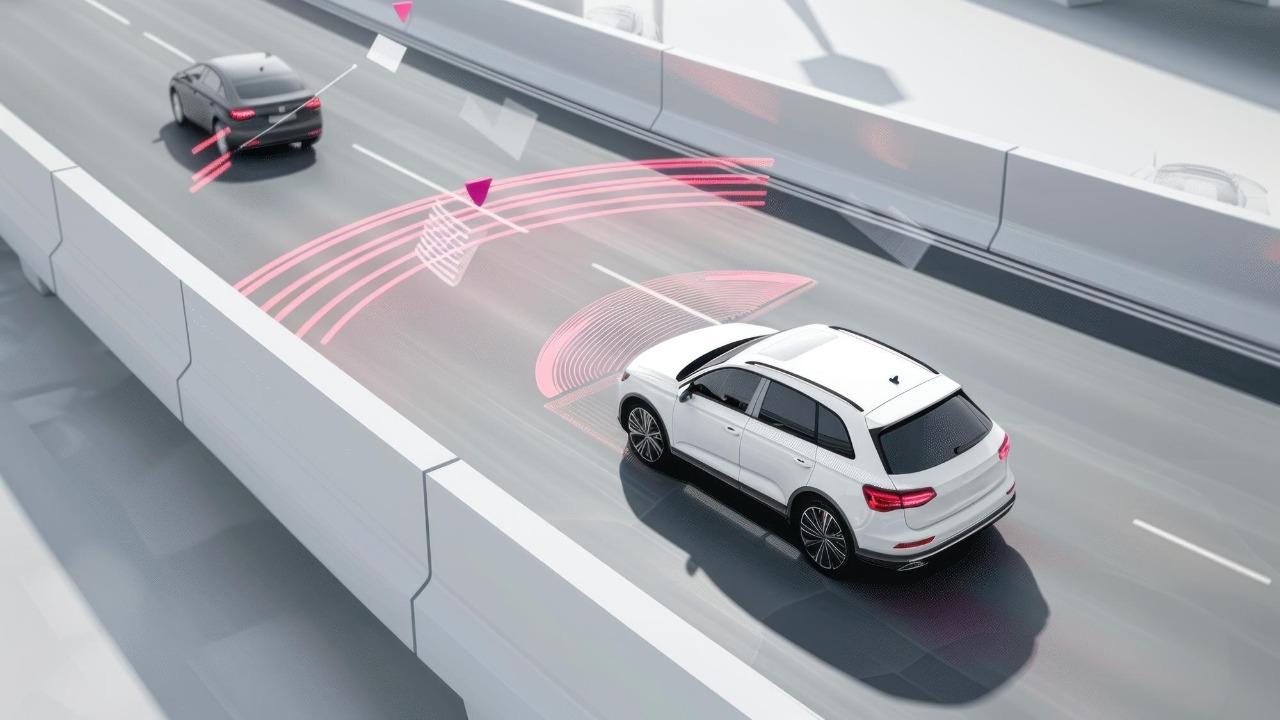
Lane Keeping Assist (LKA) technology helps drivers maintain their position within a lane, reducing the likelihood of unintentional lane departures. This feature is particularly beneficial on highways, where drifting out of lanes can lead to serious accidents. Leading automotive companies like Ford have integrated LKA into models such as the Ford Escape.
As the technology continues to evolve, LKA is expected to become a required safety feature in the coming years. A study published by IOP Science emphasizes the role of LKA in enhancing road safety, further solidifying its place in the future of automotive regulations.
Blind Spot Detection (BSD)

Blind Spot Detection (BSD) systems alert drivers to vehicles in their blind spots, reducing the risk of side collisions during lane changes. This feature is becoming increasingly common in luxury vehicles such as the Mercedes-Benz E-Class, but is expected to be standard in all new cars by 2027.
BSD technology contributes significantly to driver awareness and overall road safety. As noted in a research paper on automotive safety, the implementation of BSD can drastically reduce accidents caused by blind spot oversights, making it an essential feature for future cars.
Rearview Camera Systems
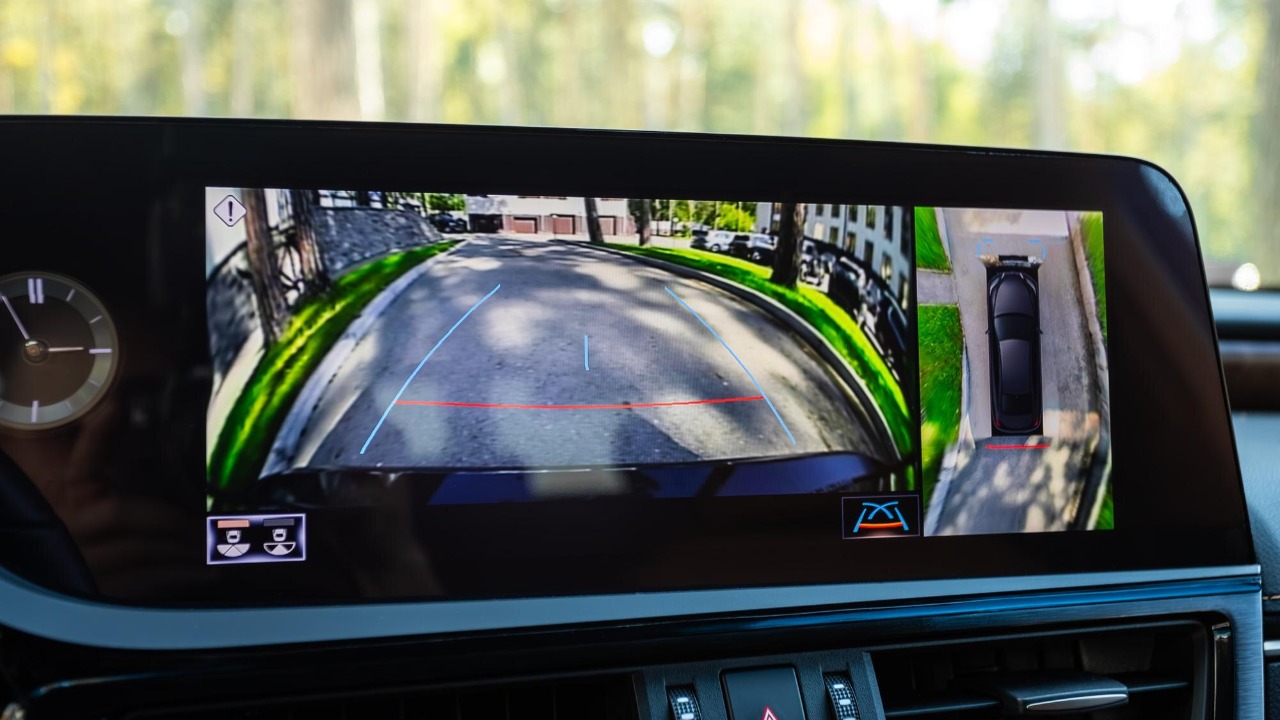
Rearview camera systems provide drivers with a clear view of the area behind the vehicle, aiding in safe reversing and parking. This technology is already mandatory in the United States for vehicles built after 2018, following the success of models like the Toyota Camry that include this feature.
With the proven benefits of rearview cameras in preventing backover accidents, it is likely that other regions will adopt similar regulations. By 2027, rearview camera systems are expected to be a universal requirement, enhancing vehicle safety and driver confidence.
Tire Pressure Monitoring Systems (TPMS)
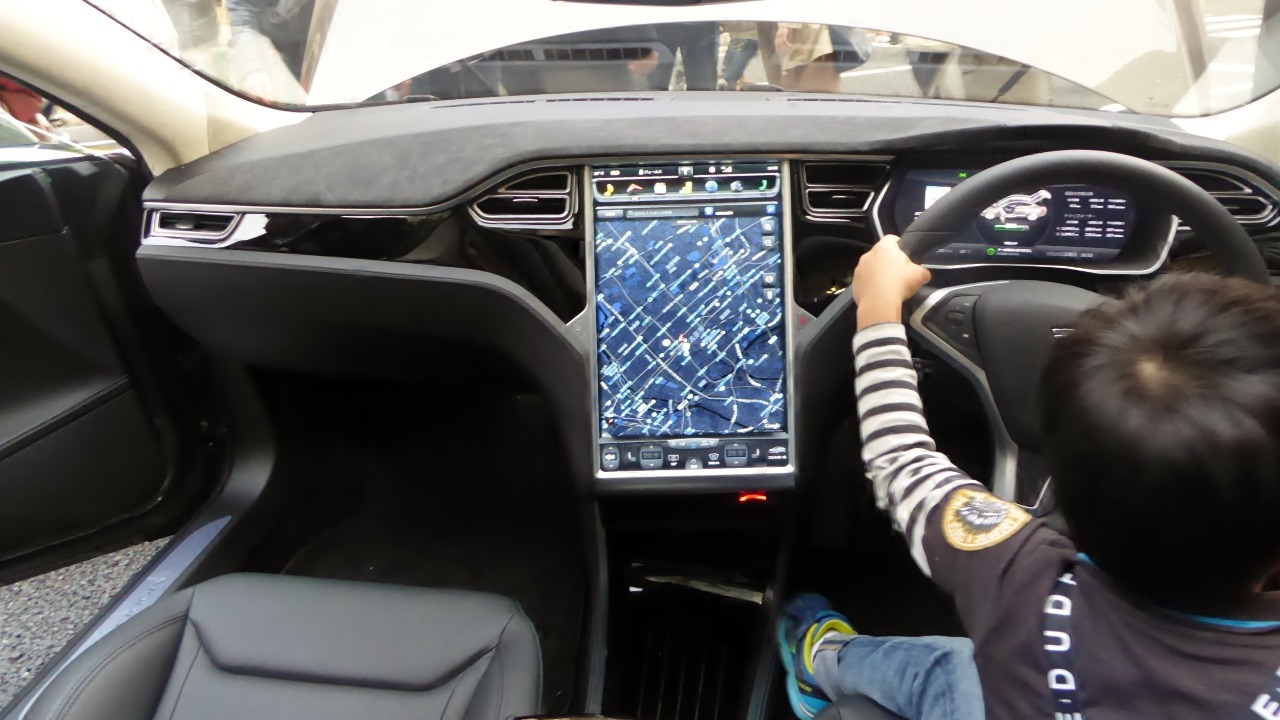
Tire Pressure Monitoring Systems (TPMS) alert drivers to under-inflated tires, which can lead to improved fuel efficiency and reduced tire wear. This feature is already mandatory in many countries, including the United States and parts of Europe, and is included in vehicles such as the Chevrolet Malibu.
As sustainability becomes a priority, TPMS will play a crucial role in reducing carbon emissions and maintaining optimal vehicle performance. The widespread adoption of TPMS is anticipated by 2027, ensuring that all drivers benefit from the safety and efficiency advantages it offers.
Vehicle-to-Everything (V2X) Communication
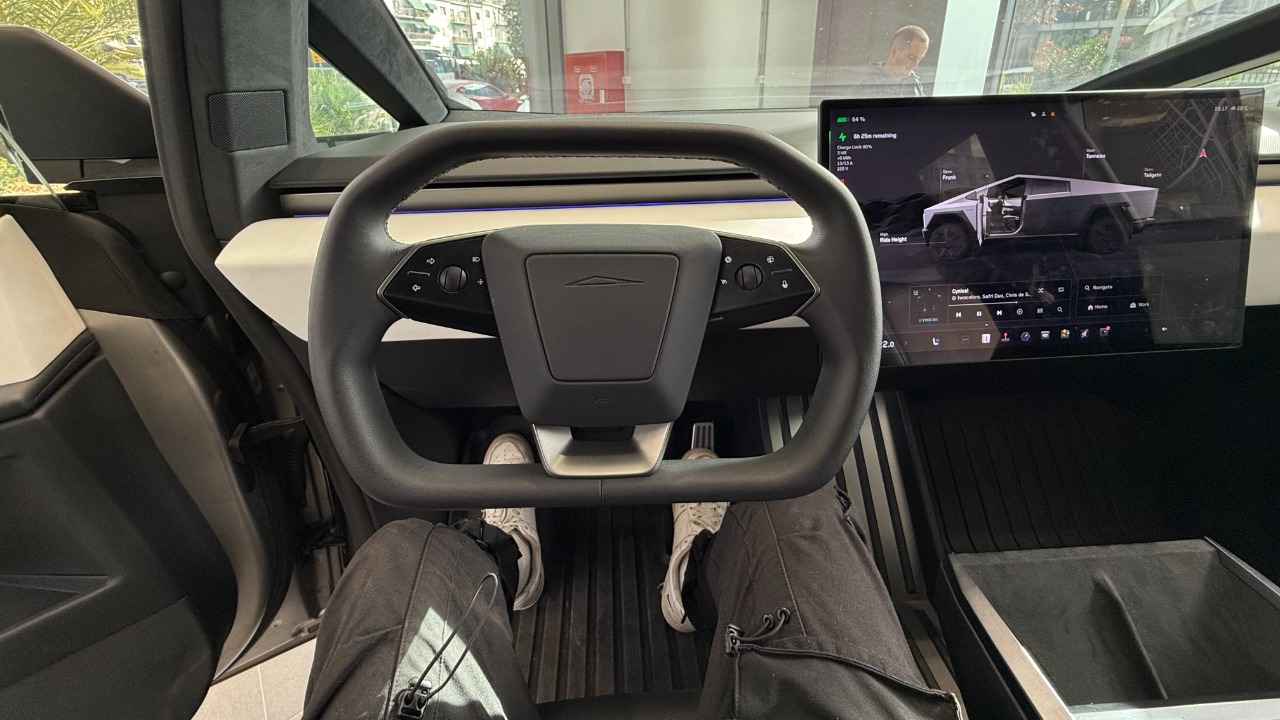
Vehicle-to-Everything (V2X) communication enables vehicles to communicate with each other and with infrastructure, creating a connected ecosystem that enhances traffic management and safety. While still in its early stages, this technology is gaining traction, with pilot programs in cities like Ann Arbor, Michigan.
The development of V2X is being closely monitored by industry experts and policymakers. As highlighted in Consumer Reports, the integration of V2X in electric vehicles is expected to accelerate its adoption. By 2027, V2X communication is likely to be a mandatory feature, paving the way for smarter, safer, and more efficient transportation systems.